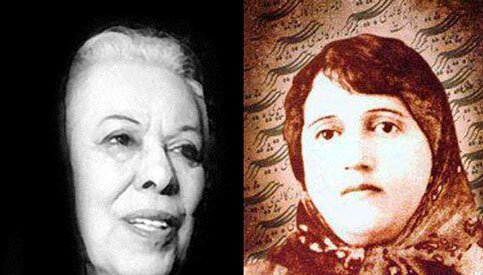“Women’s perspectives bring a unique lens to storytelling, offering more nuanced character development and plotlines.”
Reza Khooshebast, a renowned writer and researcher in the field of narrative literature, highlighted the indispensable role of women in shaping the literary landscape. In a recent “Asr Dastan” session, he emphasized the unique perspective women bring to storytelling, characterized by precision, delicacy, and a deeper exploration of human emotions.
A Historical Perspective
Iran’s rich storytelling tradition boasts legendary female figures like “Shahrzad”, whose tales have captivated audiences for centuries. The comforting presence of mothers and grandmothers, sharing their own creative stories, has been a cornerstone of Iranian culture.
However, the journey of women as authors and storytellers has been fraught with challenges. While figures like Fakhr al-Dawla and Taj al-Saltaneh emerged during the Qajar era, their literary pursuits were often overshadowed by societal constraints. Sediqeh Dowlatabadi’s courageous attempt to establish a women’s magazine faced fierce opposition, highlighting the oppressive environment for female voices.
The Pahlavi era witnessed a gradual shift, with women like Irandokht Teymourtash and Fakhr Adel Arghavan making significant strides in fiction writing. Despite progress, the literary landscape remained predominantly male-dominated.
The Unique Feminine Voice
Khooshebast underscored the distinctive qualities of women’s writing. Their ability to delve into the complexities of human emotions and experiences often surpasses their male counterparts. By employing feminine language and storytelling techniques, women writers have championed issues of social justice and cultural identity.
Simin Daneshvar: A Pioneer
Simin Daneshvar is widely acknowledged as the pioneer of Iranian women’s literature. Her groundbreaking work, “Savushun,” marked a turning point, paving the way for countless female authors.
A Post-Revolution Flourishing
The Islamic Revolution ushered in a new era for women’s literary contributions. The number of female authors surged dramatically, enriching the literary landscape with diverse perspectives and experiences. In 1979, there were only 388 male and 11 female authors. By 2017, these numbers had grown to 60,033 male and 28,239 female authors.
Today, women’s voices are an integral part of Iranian literature. Their works continue to resonate with readers and inspire future generations of writers.
From: Shahrara news


